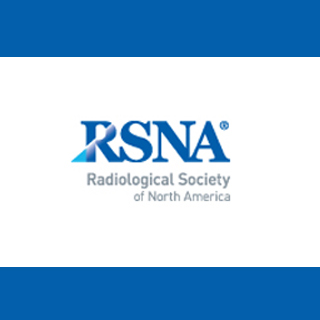
The current study is a part of the Prognostic Value of Ancillary Information in Diagnostic Imaging (PROVIDI) project. This project aims to inspect the relevance of accidentally observed imaging findings on chest CT. Claimed to be a novel study, investigators examined if incidental findings can anticipate disease in a routine care setting. It was claimed that incidental findings can be acquired without going through radiation exposure which further makes it inexpensive. Moreover, CT may also provide major clues to the patient’s overall health and their risk for future disease.
“The results of this study show that radiologists can predict cardiovascular disease fairly well using incidental findings of calcifications of the aortic wall on CT, along with minimal patient information, such as age, gender and the reason for the CT. Ultimately, this easily executed extra risk stratification has the potential to reduce future heart attacks or other cardiovascular events,” shared Martijn J. A. Gondrie, M.D., from the Julius Center for Health Sciences and Primary Care at the University Medical Center Utrecht in the Netherlands and lead author.
At the time of the study prediction models were built that encompassed incidental aortic findings detected on chest CT. 6,975 patients had been subjected to diagnostic, contrast-enhanced chest CT for non-cardiovascular indications. While 817 patients were included as a representative sample, 347 patients had gone through a cardiovascular event during mean follow-up period of 17 months. Experts assigned scores for incidental aortic abnormalities noted on CT, namely calcifications, plaques, elongation and other irregularities. Factors such as patient’s age, gender, and CT indication were also considered during the study. The prediction model including total score for aortic calcifications seemingly indicated most future cardiovascular events, amongst which aortic abnormality was highly predictive.
The study is published online and will be in the November issue of Radiology.
